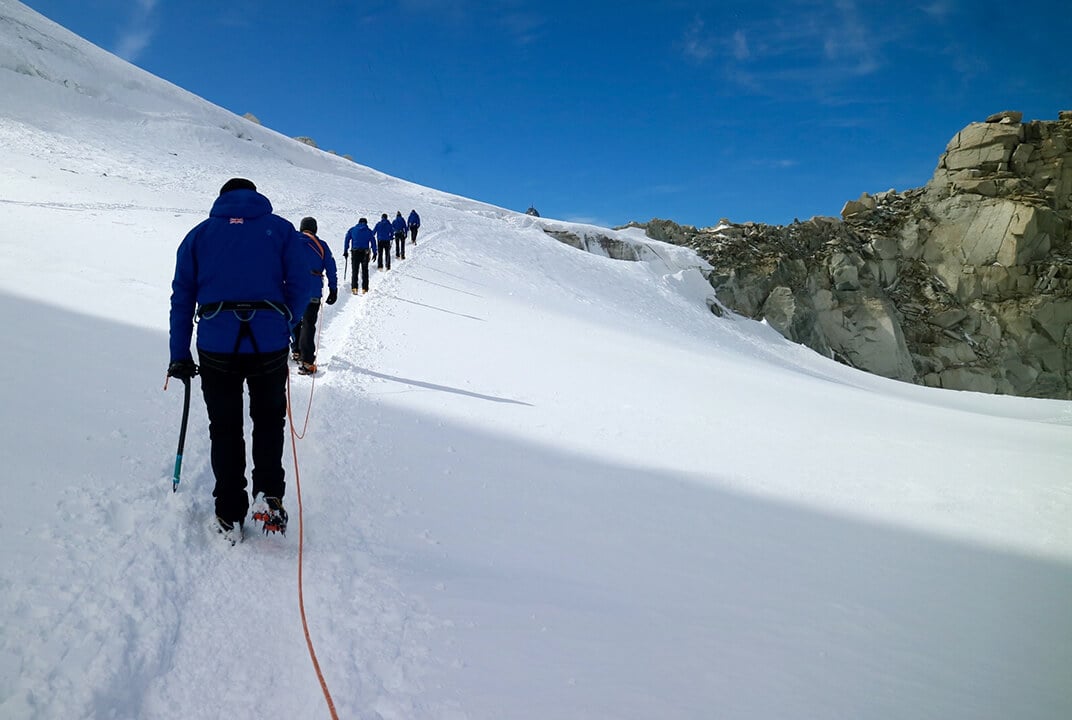Insight | Off-road challenge provides camaraderie and achievement
Off-road challenge provides camaraderie and achievement
Driven to Extremes offers military veterans the chance to regain some of the teamwork and camaraderie they experienced in the Armed Forces by immersing them in a challenging and extreme environment, surrounded by people they share a common bond and symptoms with. It was created by Mac Mackenny in order to fulfil a need to offer veterans suffering from post-traumatic stress disorder (PTSD) an alternative form of ‘therapy’ where conventional methods of treatment may not have had the desired effect.
The basis of the 2018 Dakar Challenge was to take a handful of vehicles that were completely unsuitable for the Sahara Desert (in this case, 12-year-old Citroen Berlingos worth no more than £300 and with more miles on them than the Kenyan Marathon team), fill them with veterans and get them to drive over 1,000 miles of the original Dakar Rally route of the 1990s through Morocco. The concept may seem a little crazy (and it was!), but that is exactly what attracted me and the other eight veterans to undertake such a challenge.
During this expedition I found myself smiling for the first time in 10 years. It was like a defibrillator for me – it’s kick started me. The escapism and other PTSD sufferers on the team seemed to be the perfect blend to create an environment where people could speak openly about their experiences and symptoms, which helped normalise the condition. Dealing with challenges both physical and mental while undertaking an adventure brought back a feeling of achievement and teamwork which I haven’t experienced since leaving the Forces.
Bone-jarring tracks
After the long slog across France and Spain, which in itself was a major undertaking with numerous breakdowns, the team set off from Gibraltar and across the Straits to Morocco. Over the next two weeks we encountered vast mountain passes, endless salt flats, bone-jarring, rock-strewn tracks and the powdery soft golden sands of the Sahara Desert. Our little cars had to endure all of the associated problems that came with such a route, namely punctures, broken oil sumps, missing exhaust pipes, detachable bumpers and, of course, endless bog-ins, while the adventure took the veterans to the edge of nowhere and back again.
Inmarsat’s generous support with both hardware (a BGAN HDR terminal, an IsatHub smart device connectivity terminal and an IsatPhone 2 satellite phone) and airtime provided us with the ability to connect to social media and keep loved ones and sponsors up to date with our progress, but most importantly to let everyone know that we were still alive and hadn’t cooked inside our Berlingos stuck somewhere in the dunes.
It allowed us to share live video feeds and pictures which you would have thought impossible so far away from civilisation and the Inmarsat kit soon became one of our essential survival items as the team would utilise its connectivity to online bank, update Facebook and in one case arrange a hot date upon return! The ever-present reassurance that we had the best equipment with us to call in outside help if it all went horribly wrong allowed us to fully enjoy the experience and the wonders that the Sahara Desert has to offer with its challenging environment, hospitable people and breathtaking scenery.
Driven to Extremes is looking to continue this momentum in order to help as many veterans as possible who may need something a bit more ‘out of the box’ than they are currently offered, and plans are already afoot for bigger and more extreme expeditions. Inmarsat technology will certainly be at the top of our kit list for the next adventure.
About the author
Matt Bispham MC MA RM served 13 years in the Royal Marines and specialist units, being awarded the Military Cross for gallantry during an assault on a Taliban stronghold in Afghanistan. Further combat missions left him with severe PTSD, and he was medically discharged in December 2017.
He is now focusing on ways to help other veterans in recovery or transitioning to civilian life by working with charities and groups that offer alternative forms of therapy.


